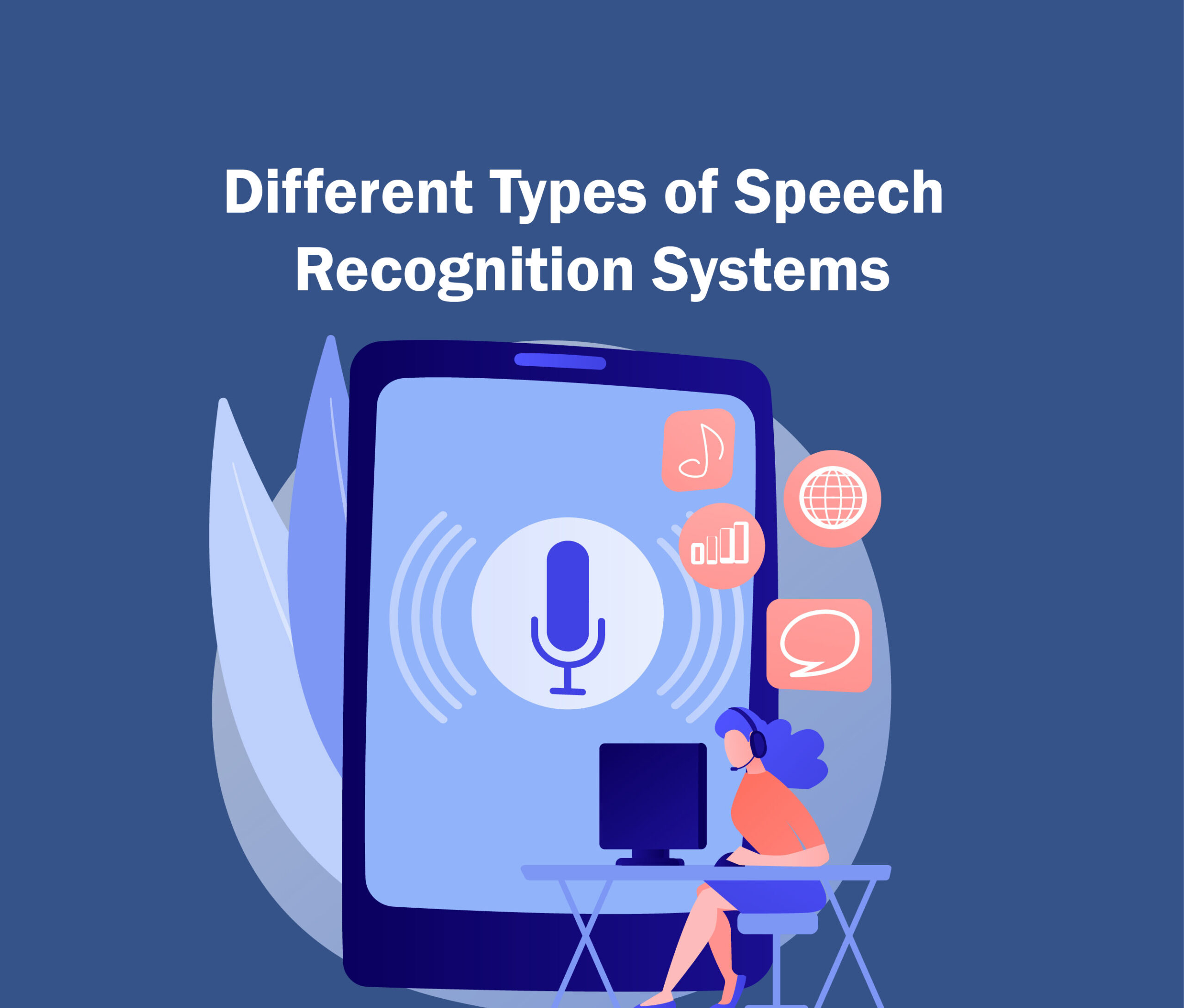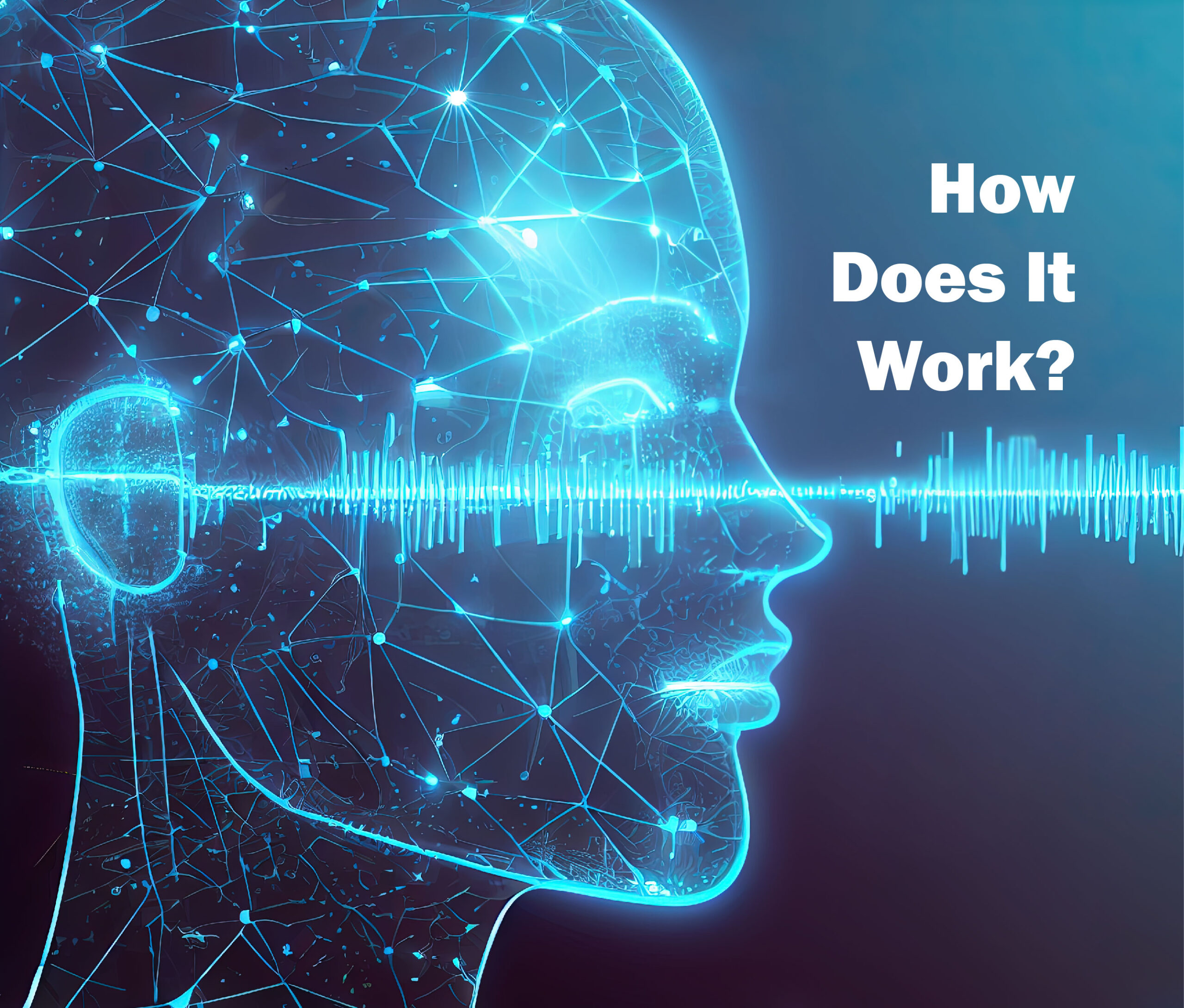Speech recognition technology has become increasingly prevalent in our daily lives, from voice assistants like Siri and Alexa to transcription services and language learning apps. This technology allows computers to understand and interpret human speech, enabling a wide range of applications and improving accessibility for individuals with disabilities.
In this blog post, we will explore the basics of this technology, how it works, and its applications in various industries. Whether you are curious about the technology behind voice commands or interested in exploring career opportunities in this field, this introduction will provide you with a solid foundation to dive deeper into this world.
What is Speech Recognition?
Speech recognition is the conversion of human speech into written text. It is often mistaken for voice recognition, which specifically identifies an individual user’s voice.
IBM has been a key player in this technology since the 1960s. The company first introduced “Shoebox” in 1962, which could recognize 16 words. Over the years, IBM has continued to innovate in this field. It launched VoiceType Simply Speaking in 1996. This software had a vocabulary of 42,000 words, supported multiple languages, and included a 100,000-word spelling dictionary. Today, this technology is widely used in various industries, including automotive, technology, and healthcare. Advancements in deep learning and big data have further accelerated its adoption.
Different Types of Speech Recognition Systems
 There are several types of recognition systems that have been developed to enable computers to understand and interpret human speech. One of these types is the speaker-dependent system, which requires the user to train the system by speaking a specific set of phrases or words. This training allows the system to recognize and understand the speech patterns of the specific user. On the other hand, speaker-independent systems are designed to recognize speech from any user without the need for specific training. These systems are more versatile but may not achieve the same level of accuracy as speaker-dependent systems.
There are several types of recognition systems that have been developed to enable computers to understand and interpret human speech. One of these types is the speaker-dependent system, which requires the user to train the system by speaking a specific set of phrases or words. This training allows the system to recognize and understand the speech patterns of the specific user. On the other hand, speaker-independent systems are designed to recognize speech from any user without the need for specific training. These systems are more versatile but may not achieve the same level of accuracy as speaker-dependent systems.
Another distinction of this system is between isolated word recognition and continuous speech recognition. Isolated word recognition systems are designed to recognize and interpret individual words spoken by the user, whereas continuous speech recognition systems have the ability to analyze and understand full sentences and paragraphs of spoken language. Each type of these systems has its own advantages and limitations, and their applications can vary depending on the specific needs and requirements of users.
Some popular software available in the market are CMU Sphinx, Julius, and Windows Speech Recognition.
How Does It Work?
 Simply put, speech recognition is the process of converting spoken words into text. It is a complex task that involves a number of steps, including:
Simply put, speech recognition is the process of converting spoken words into text. It is a complex task that involves a number of steps, including:
- Audio capture: The first step is to capture the audio of the spoken words. This can be done using a microphone or other audio recording device.
- Signal processing: Once the audio has been captured, it needs to be processed to remove noise and other artifacts. This can be done using a variety of signal-processing techniques, such as filtering and equalization.
- Feature extraction: The next step in speech recognition is to extract features from the processed audio signal. These features are characteristics of the speech signal that can be used to identify the words that are being spoken. Some common features used include pitch, formant frequencies, and duration.
- Acoustic modeling: The acoustic modeling step involves using the extracted features to identify the phonemes that are being spoken. Phonemes are the basic units of speech sound.
- Language modeling: The language modeling step uses the sequence of phonemes that were identified in the acoustic modeling step to generate a list of possible words. This list is then filtered to select the most likely word based on the context of the speech and the user’s language model.
These systems are typically trained on a large corpus of labeled data, which consists of audio recordings of spoken words and the corresponding text transcripts. This training data allows the system to learn the relationship between the acoustic features of speech and the corresponding words.
Once a recognition system has been trained, it can be used to transcribe spoken words in real time. This is done by continuously capturing and processing audio from the microphone, and then using the acoustic and language modeling steps to generate a text transcript of the speech.
The speech recognition technology is used in a variety of applications, including:
- Voice assistants (e.g., Siri, Alexa, Google Assistant)
- Dictation software
- Closed captioning
- Speech-to-text translation
- Automatic transcription of meetings and lectures
This technology is constantly improving, and it is now possible to achieve very high accuracy rates in many applications. However, there are still some challenges that need to be addressed, such as strengthening such systems to give them the ability to distinguish noise and background noise.
Concluding Thoughts
Speech recognition technology has come a long way in recent years, revolutionizing the way we interact with our devices and improving accessibility for individuals with disabilities. By understanding the basics of how it works, its various applications, and the challenges it faces, we can appreciate the complexity of this technology and its potential for further advancements. Whether you use voice assistants or are considering a career in this industry, this blog provides a solid starting point for exploring this fascinating field.


